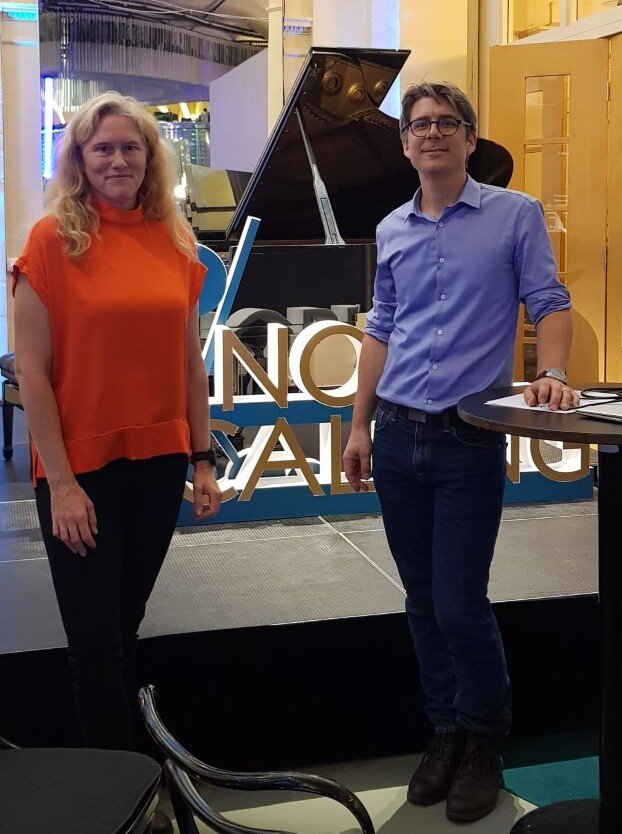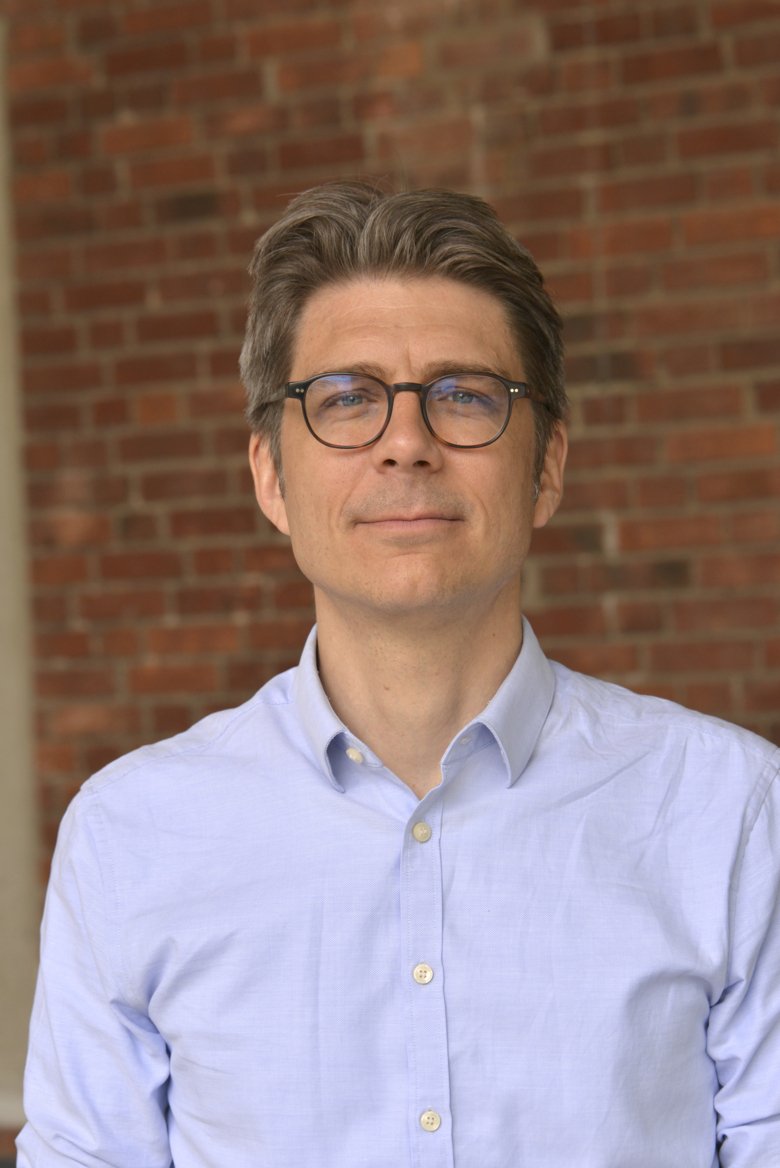Nobel Calling- seminar on climate and environmental change and children's health

Line Gordon and Tobias Alfvén participated in Nobel Calling Stockholm 2021 with a lecture arranged by Karolinska Institutet and Stockholm Resilience Center at Stockholm University. Focusing on the United Nations Panel on Climate Change (IPCC)'s latest report, the current state of knowledge about climate and environmental change and how this affects the world's children was summarized and discussed.
Line Gordon, head of the Stockholm Resilience Center and professor in sustainability science at Stockholm University and started the lecture with an overview of the ongoing environmental and climate changes. She spoke about the change in the global temperature, that has been stable for a long time, but that today is higher than in the last hundred thousand years. Humans strongly affect the climate and during the anthropocene - the human age- one can see several socio-economic and earth system changes. In the last 50 years, there has been a huge increase in socio-economic trends such as world population, telecommunications, international tourism and more. The earth system is also changing with radical increases in methane and carbon dioxide, she said.
The IPCC report Climate Change 2021
The latest IPCC report Climate Change 2021: The Physical Science Basis addresses humans impact on the climate.
This is what the IPCC says about the current situation, according to Line Gordon:
- There is no doubt that humans cause warming in the atmosphere, sea and land.
- The change is faster than previously thought and extends across all continents and regions.
- Extreme weather is becoming more common (heat waves, floods, droughts and storms) due to human activities.
Continuing the report explains future scenarios:
- We can avoid 2 degrees warming and possibly 1.5 degrees if we make extensive and rapid cuts of greenhouse gases. Every tenth degree is important!
- Sea and land will not be able to absorb as much greenhouse gases in the future.
- Some consequences are not reversible within thousands of years (for example, ice melting and sea levels rising).
- Extreme weather is becoming more common: heat waves, droughts and precipitation.
- Children born today will experience many more extreme events than of those who were born in 1960.
Line Gordon concludes by emphasizing that the situation is extremely serious, but that 10 billion people can live a good life on the planet if transformative change is taking place.

Climate change and child health
Tobias Alfvén, at the Department of Global Public Health at Karolinska Institutet and a pediatrician at Sachsska Children's Hospital, continued the lecture by discussing how climate change affects children's health globally.
Together with colleagues, he has summarized the state of knowledge about the impact of climate change on children in Climate change and child health: a scoping review and an expanded conceptual framework published published in The Lancet. The analysis includes 371 articles between the years 2000–2019, where it can be concluded that the number of articles and the research interest has increased.
Direct effects on children's health
To start with, climate change will have direct effects on children's health, says Tobias Alfvén. Temperature changes hit children in low-income countries the hardest and lead to heat stroke, kidney and lung problems. Changing daytime temperatures will also lead to increased infectious diseases. Rain and floods lead to increased mortality when children drown, and infectious diseases such as malaria and diarrhea.
Children are also affected by droughts and forest fires that cause respiratory and infectious diseases as well as mental illness. Drought leads to malnutrition as cultivation is made more difficult, especially in the poorest countries.
A well-studied area is air pollution caused by increased heat that leads to increased mortality and morbidity.
Finally, climate change leads to socio-economic vulnerability where societies that do not meet the most basic needs risk extreme poverty and reduced opportunities for education, says Tobias Alfvén. In summary, children are exposed to different climate risks but there is an inequity where the world's poorest countries are hit the hardest.
The lecture took place on Monday 4 October at the Nobel Prize Museum in Stockholm.
